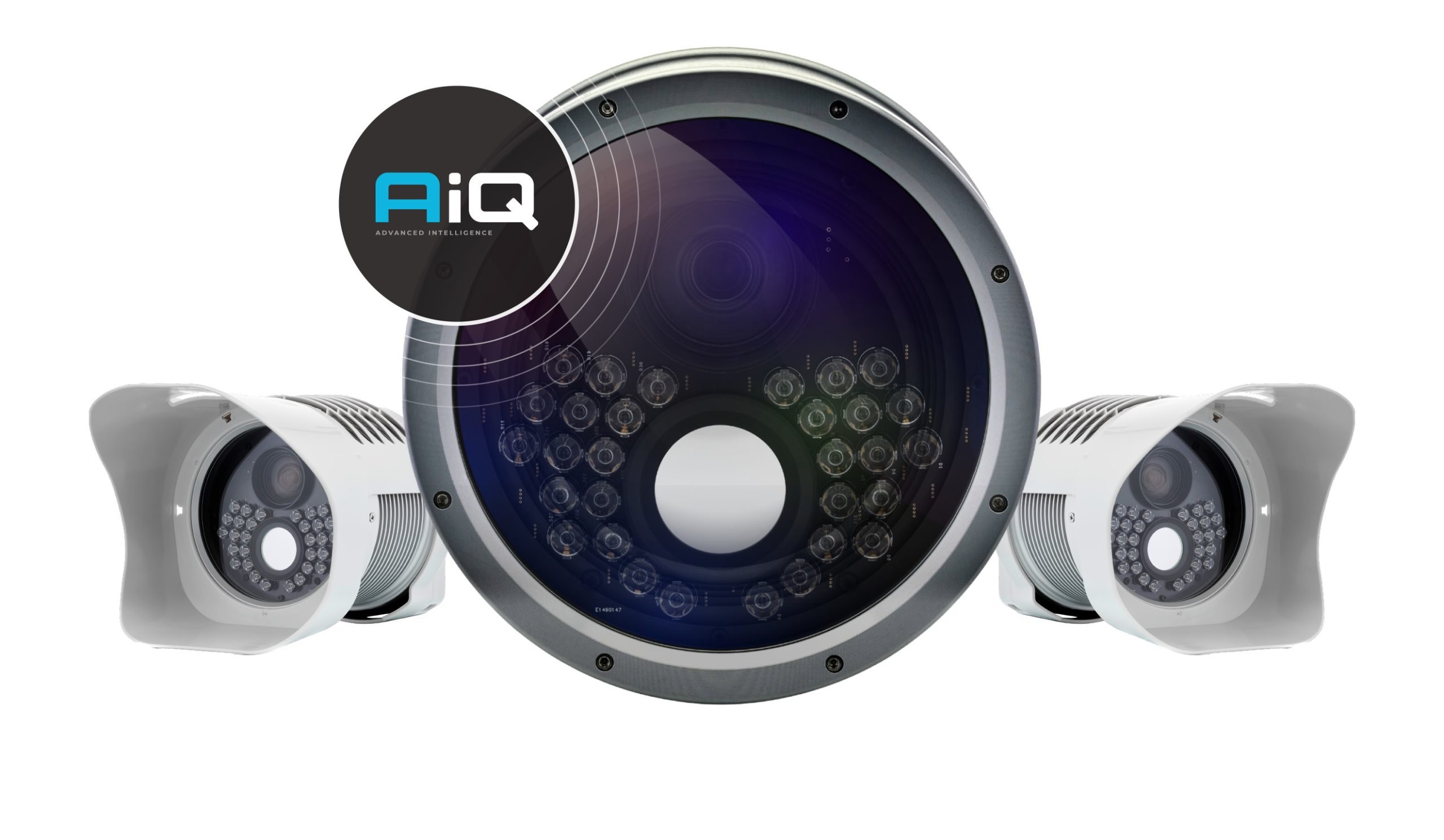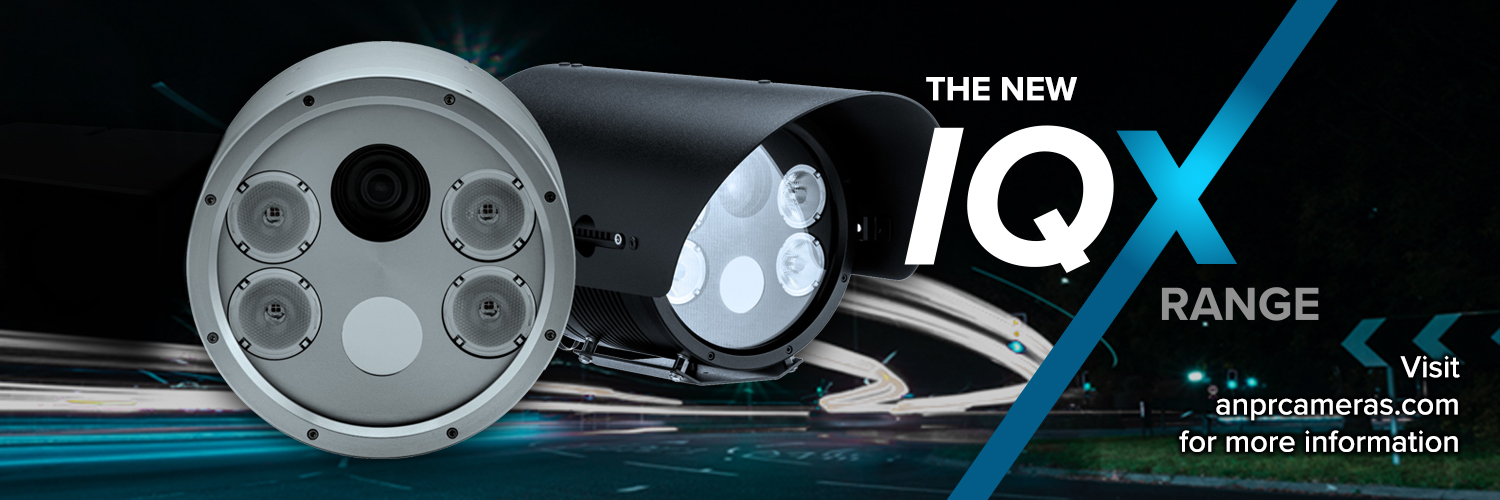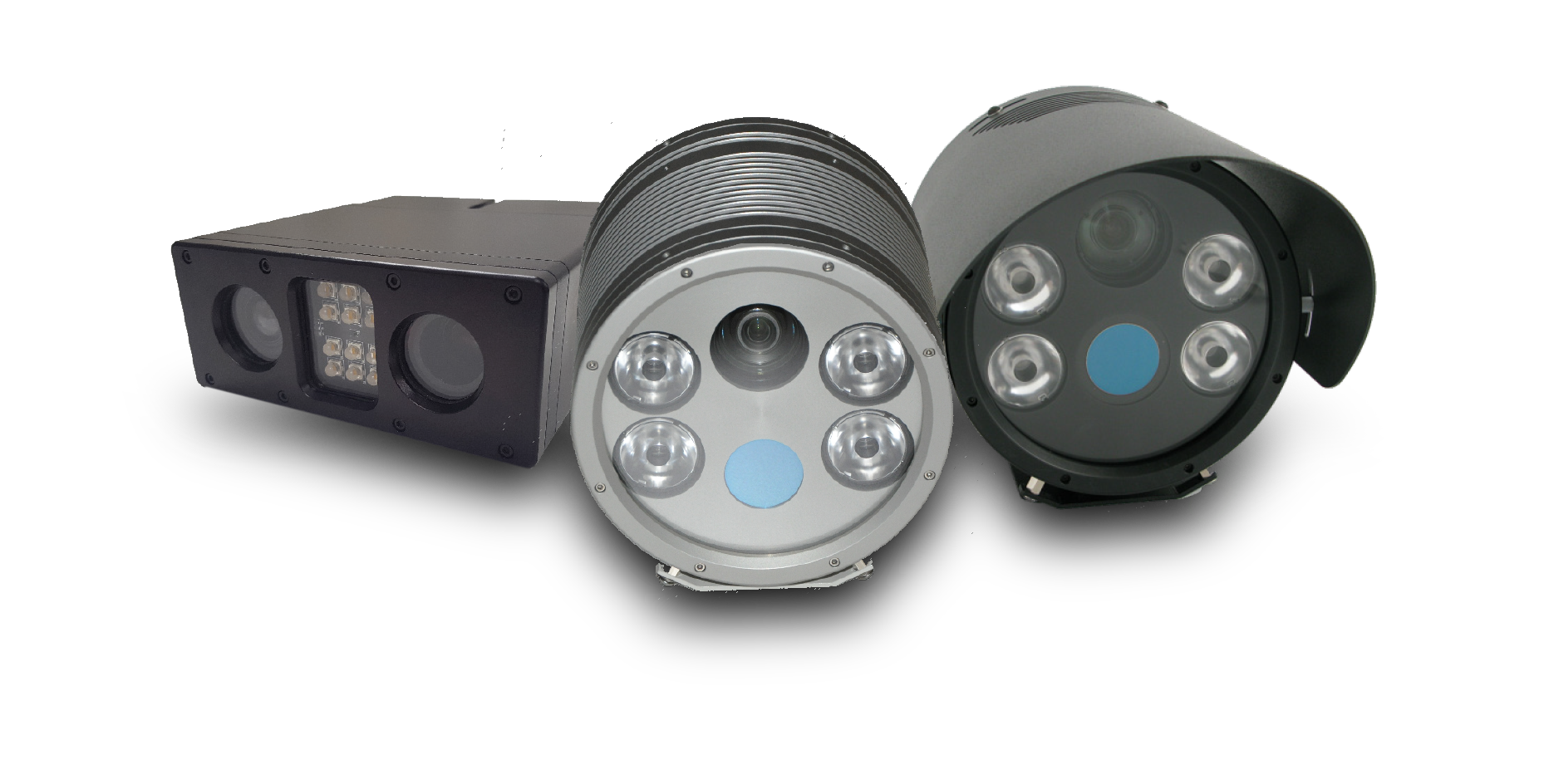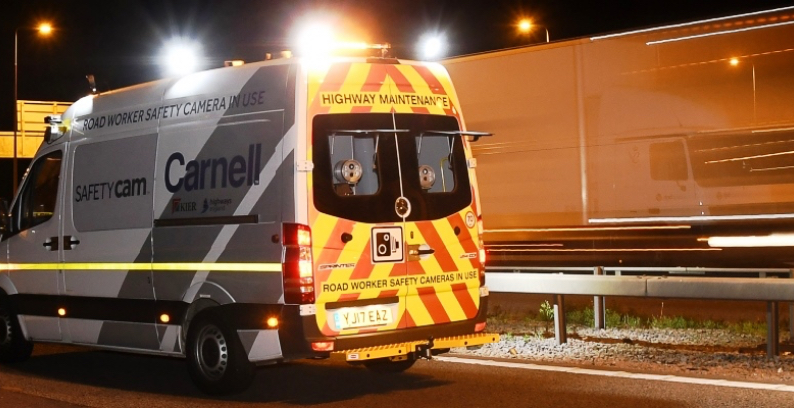
ANPR is often seen as a stand-alone technology which provides independent data for use in specific applications. The reality is that today’s ANPR, using next generation models such as the MAV IQ range, forms part of a wider framework of technologies that utilise multiple data sensors in live and AI based analytic scenarios.
The best Intelligent ANPR cameras have evolved each year providing much more than on board processing and storage options. The key differential within ANPR technology is the ability to offer alignment of causal data with associated peripheral sensors and devices that provide a wealth of data which is tagged for each vehicle’s passage. This allows for geographic analyses to be completed with a greater depth of information for comprehensive study of behaviours, trends and responses to traffic stimuli.
Such flexibility of Intelligent ANPR technology and subsequent compatibility across multiple systems offers opportunities for:
• Emission studies per location
• Emission impact per vehicle type, including enforcement of CAZs
• Traffic volume and dispersal analysis
• Average and Spot Speed analysis and associated actions
• Journey Time Management
• Smart City interfacing from Car Parks/Motorways/Inner City routes/Hotels/Conferences/Events
• Cross-border journey analysis
• Road Work traffic ripple effect studies
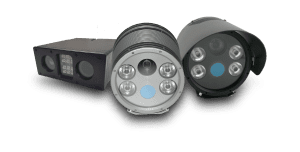
Whilst these applications provide examples of systems which use core Intelligent ANPR cameras and the multiple communication and data gathering functions, new applications are being continually developed which utilise the benefits of cameras such as the IQ range of intelligent ANPR technology.
Steve Walker, Managing Director of MAV Systems commented:
“Our world has become far more sophisticated and reactive to the environmental impact of our lifestyles. This is necessarily being matched by the technology needed to keep it running efficiently and providing vital information on the consequences of our actions. MAV have pioneered some of the most cutting edge ANPR cameras with our IQ range and, due to customer demand and legislative requirements, the next enhancement is never far away. We now offer a range of combined speed, emission sensing and ANPR products that open up new exciting possibilities for our system integrator partners.”
Future proofing of technology is a well-worn phrase that is often mis-represented as adding a few spare ports but businesses such as MAV Systems believe this phrase needs to be redefined.
Peter Henden, Technical Director of MAV Systems stated that “Our method of future-proofing ANPR technology, the needs of our partners and indeed the market as a whole, is to be agile and adopt new technologies quickly and often. To ensure you offer the best technology, you must be constantly evolving and developing the best functionality possible. At MAV Systems we dedicate a vast amount of time and funds to targeted research and development. Our specialist team of embedded engineers constantly design and test to see how we can improve and offer our partners the technologies that will allow more flexibility, further integration and more efficient data collection.”
All these worthy goals mean nothing without practical applications and MAV Systems are being constantly requested to assist with new ways of achieving cost effective systems that are hybrids and extensions of their core products. By way of example, the EQ range of gas and particulate sensors can be seamlessly integrated with the IQ to correlate ANPR for classification and emissions data. Integrated systems can collate information on traffic flow, volume, congestion patterns and wait times at traffic lights/junctions and pair this with real-time air quality. This provides a baseline for analysis and enables process improvement through links into traffic control and SCOOT systems.
This is not just a retrospective tool, the ANPR can be linked to control systems that affect traffic flow based on live classification data. The effect of the adapted flow can then be measured using the intelligent ANPR data and emissions sensors. In this way, the traffic model can be optimised and further traffic improvements can be performed at a local level as well as influencing national policies. Continual analysis of process changes allow for impact evaluation to identify best practice and system improvements reducing emissions further.
With such integration available for emissions regulation using the IQ range of ANPR cameras, Low Emission/Clean Air Zones are now being introduced across the world. It is only with sophisticated technology, such as the IQ and EQ, that targeting specific locations for dramatic emissions reduction through traffic control can be effectively conducted. These systems can be further supported by speed regulation using average or spot speed integration to provide a full traffic control system and data retrieval. Such demands have led to the market leading IQ becoming pivotal in the development of traffic and emission control, regulation and implementation systems.
In a data driven global society that is always looking to find efficiencies, ANPR technology is pivotal. Previously only seen as a blunt instrument, ANPR now offers the key to linking Smart City technologies that can provide flexibility, open integration and enhanced functionality. MAV Systems believe that they offer the vital components of measuring the impact and efficiency of our rapidly changing world of traffic.
This article was recently featured in Intertraffic World Showcase 2019



